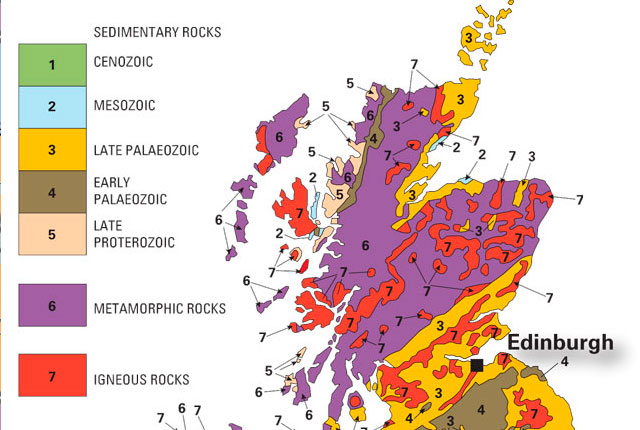BGS staff share some of their favourite sites of geological interest around the UK.
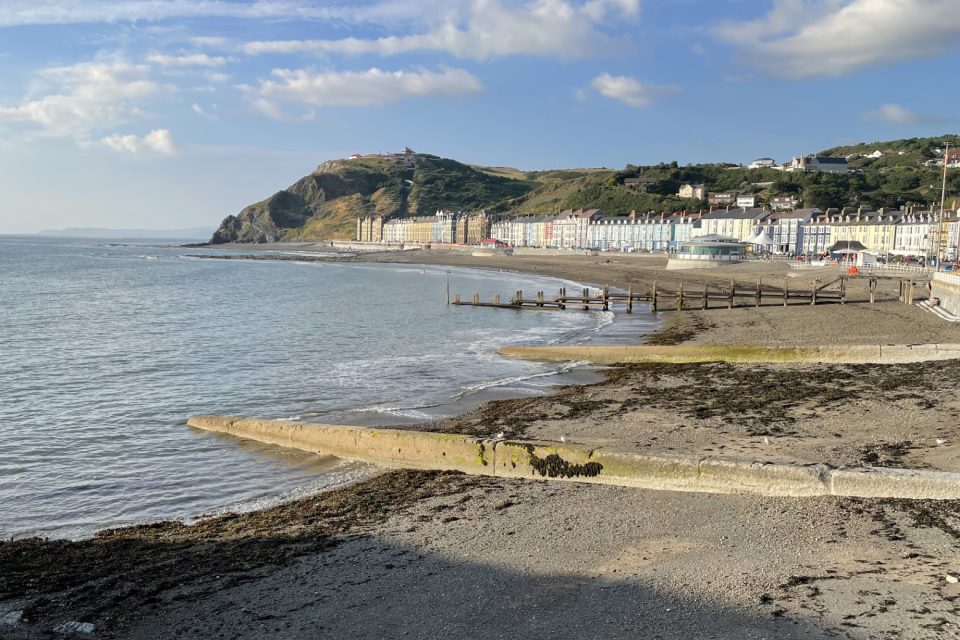
Aberystwyth, Ceredigion
Explore the geology around this classic Victorian resort, which boasts the oldest pier in Wales.
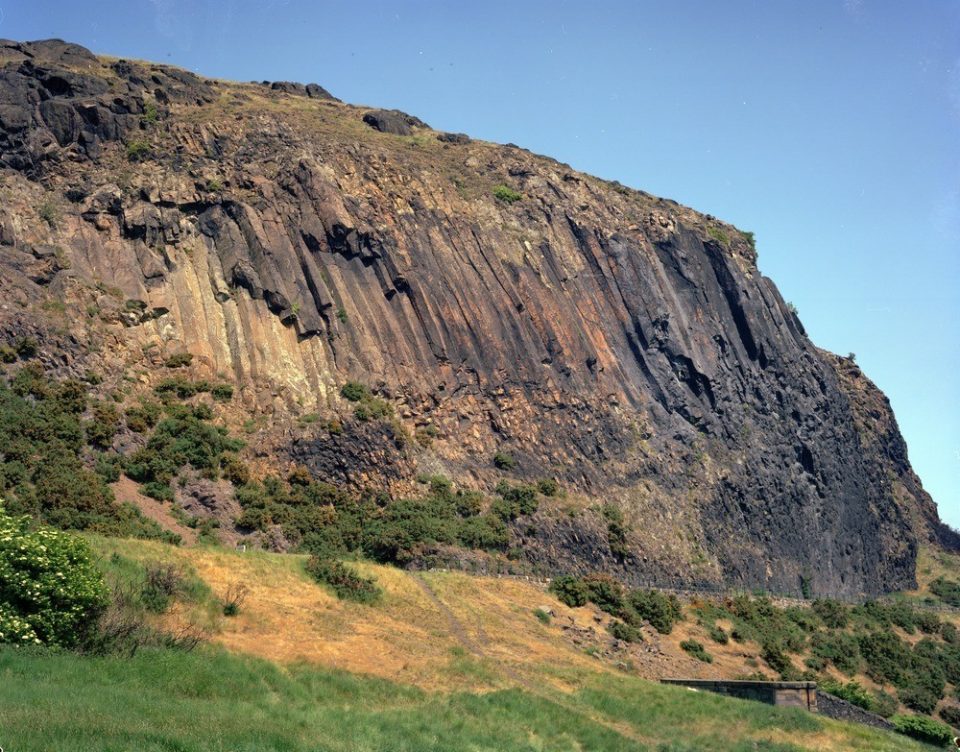
Geology of Arthur’s Seat
A short walk around Holyrood Park provides an insight into the geological history of area from the Carboniferous Period to now.
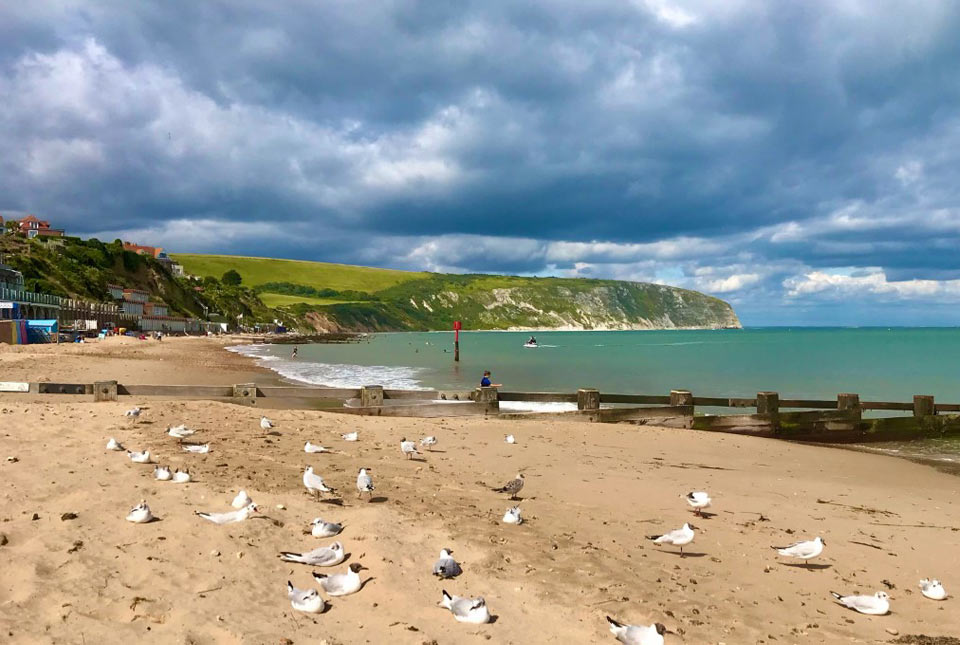
Ballard Down, Dorset
To the north of the Swanage Bay is a prominent headland, which is a major Cretaceous Chalk Group exposure called Ballard Down.
Beacon Hill, Leicestershire
The rocks that crop out on Beacon Hill are some of the oldest rocks in England and Wales. They formed when fine volcanic ash settled in an ocean, some 600 million years ago in the Precambrian period.

BGS Wales office, Cardiff
Learn more about the interesting geological stories waiting to be unearthed just a stone’s throw from our Welsh office.
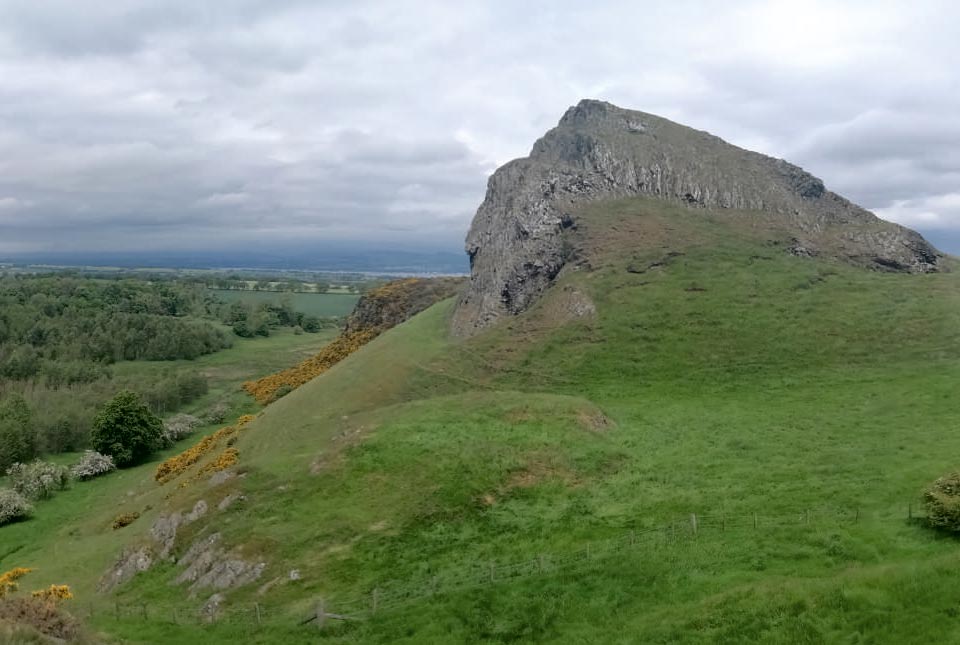
Binny Craig, West Lothian
Binny Craig is possibly West Lothian’s most prominent natural landmark. The craggy knoll, formed from an igneous intrusion, offers spectacular views from the summit.
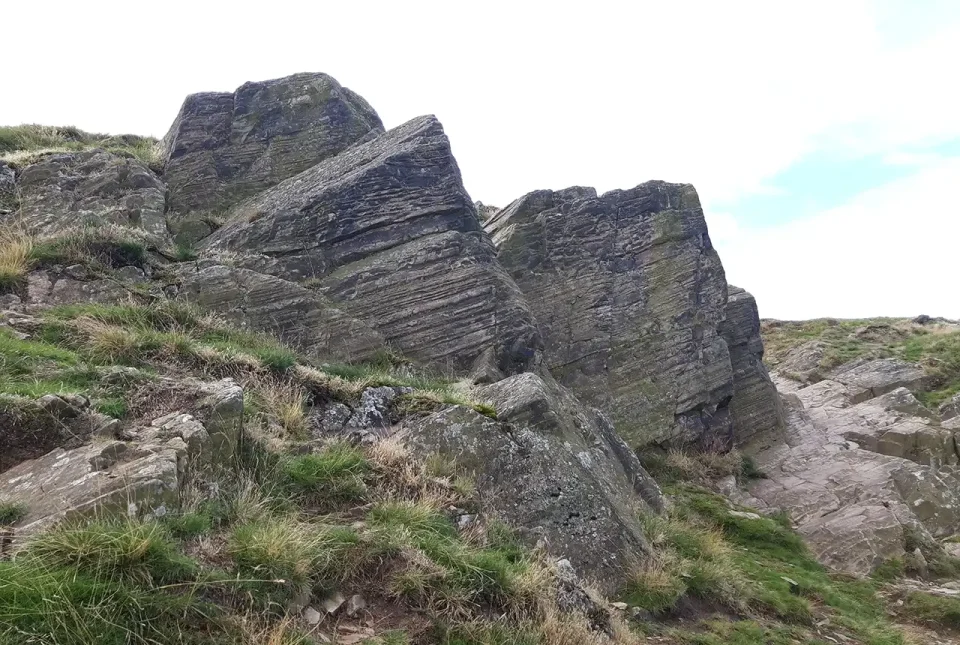
Bradgate Park, Leicestershire
Bradgate Park is a large, public park located between Leicester and Loughborough in the Charnwood Forest area. The park is renowned for its Precambrian volcanic rocks and its remarkable fossils. It was once believed that there were no fossils older than the Cambrian Period (541 to 485 million years ago), but the discovery of the fossil Charnia in these Precambrian rocks made the area famous for changing our understanding of early life on Earth.
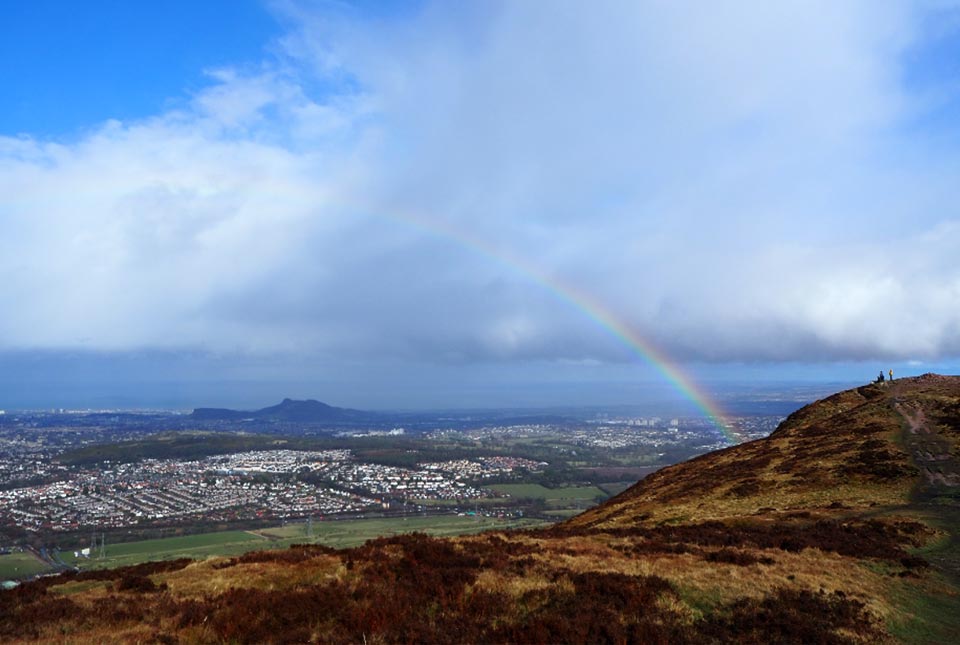
Caerketton Hill, Pentland Regional Park
To the south-west of Edinburgh, the Pentland Hills rise above the surroundings forming an iconic ancient volcanic landscape carved by recent glacial history
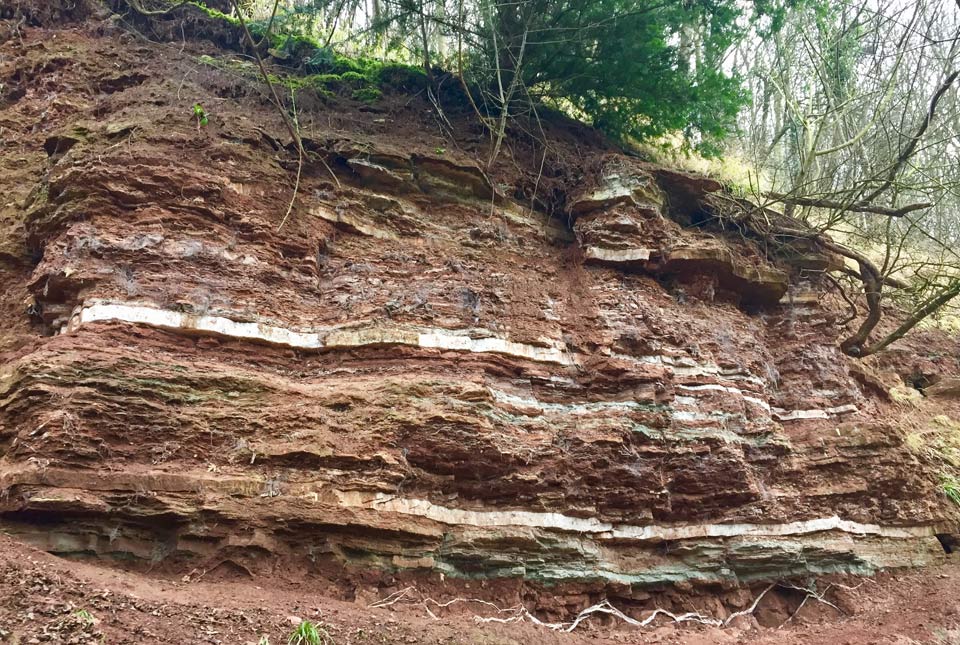
Clifton Village, Nottingham
The river cliff beneath Clifton Village has excellent exposure of Mercia Mudstone, a blocky red mud rock with layers of fine green sand and mudstones.
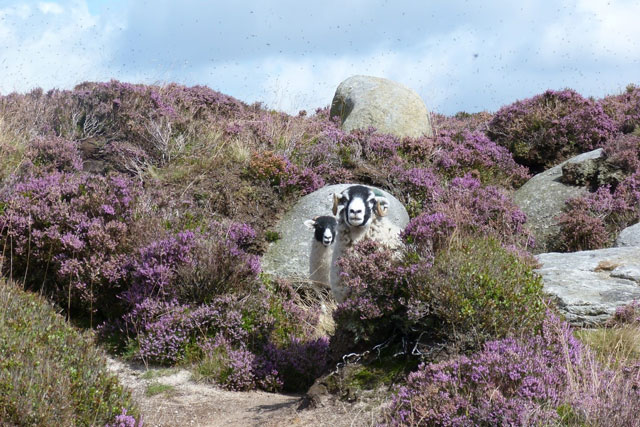
Edale and Kinder Scout, Derbyshire
Take a walk from Edale to Kinder Scout in the Peak District of Derbyshire, the highest point in the East Midlands.
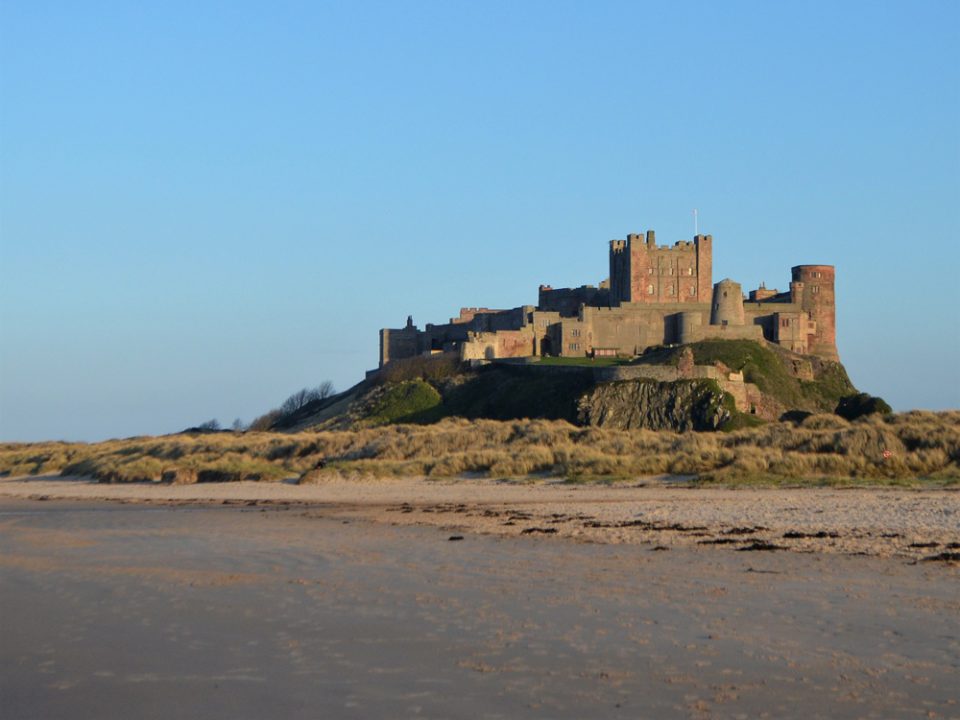
The Farne Islands and Holy Island, Northumberland
Explore these ancient and mysterious islands of northern England and discover more about their natural and human history.
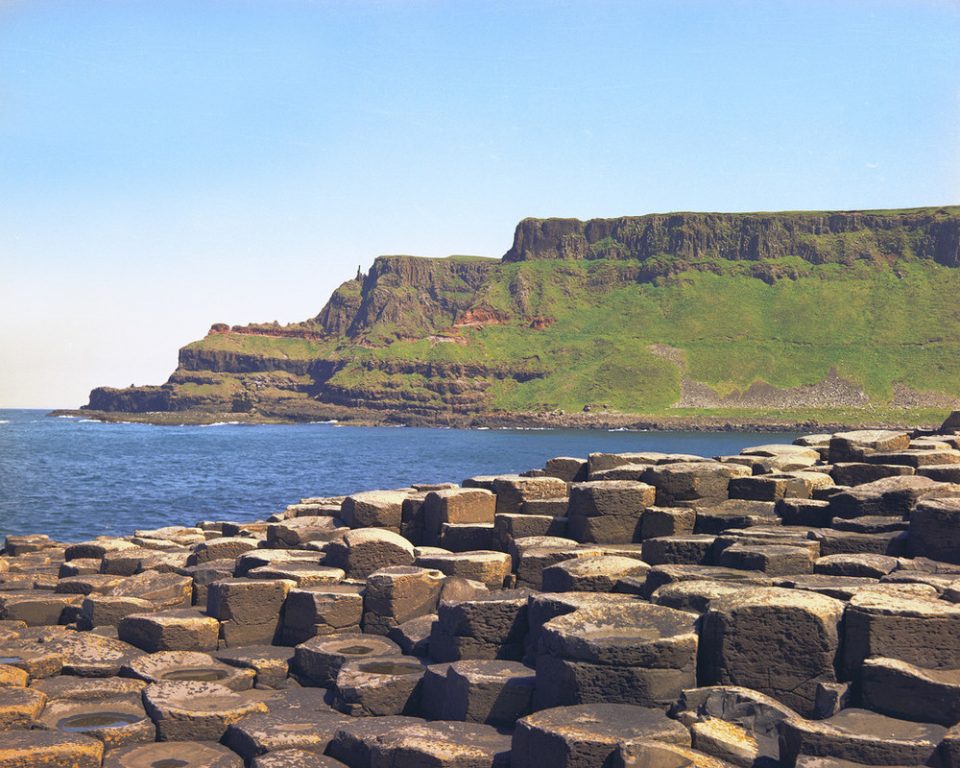
The Giant’s Causeway and Causeway Coast
The Giant’s Causeway and Causeway Coast form Northern Ireland’s only UNESCO World Heritage Site, formed 60 million years ago.
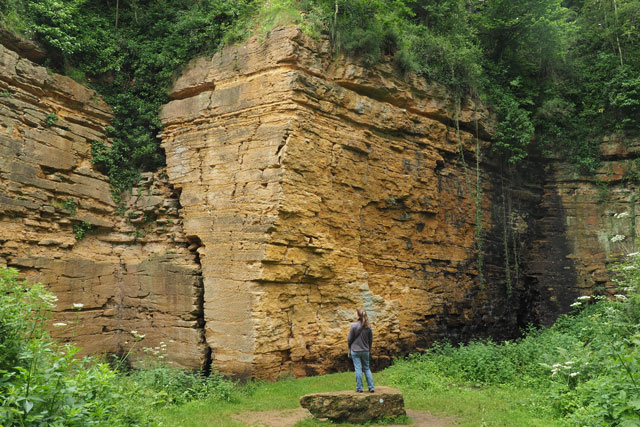
Ham Hill, Somerset
The distinctive, warm honey-coloured building stone known as Hamstone, quarried from Ham Hill in Somerset, has a long history of use dating back as far as Roman times.
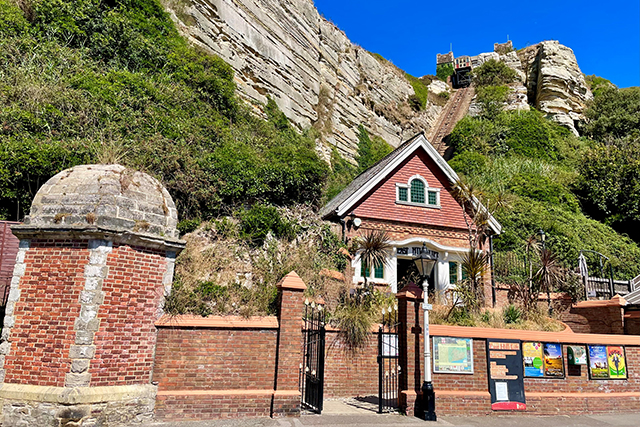
Hastings, East Sussex
Hastings lies on the south-east coast of the UK with spectacular cliffs, expansive beaches and a wealth of fossils to find.
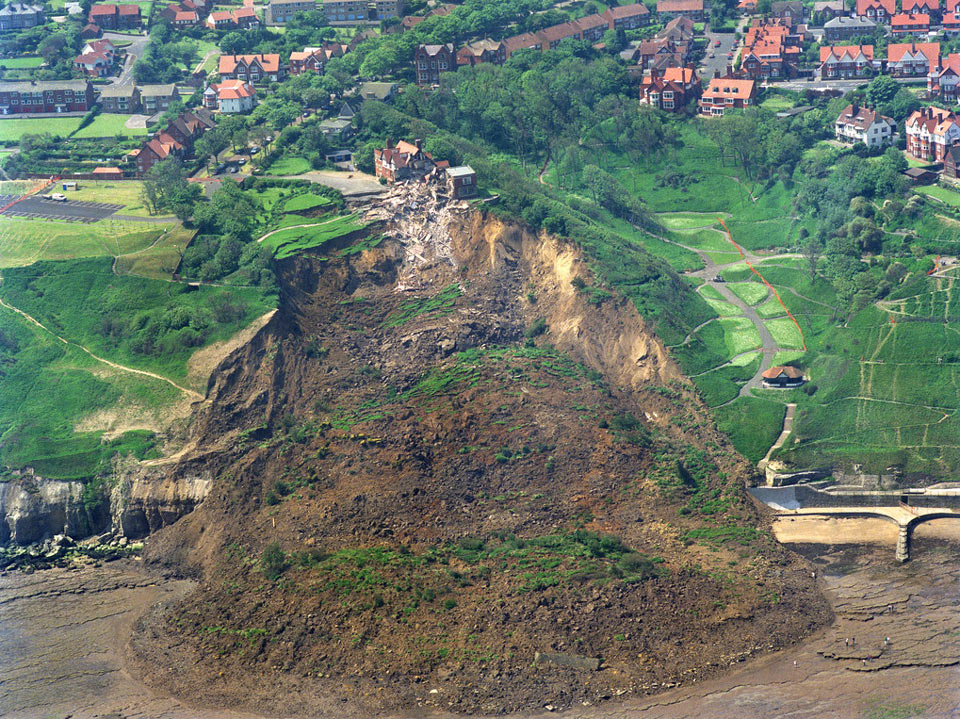
Holbeck Hall landslide, Scarborough
A series of active landslides stretch several kilometres in the cliffs to the south of Scarborough.
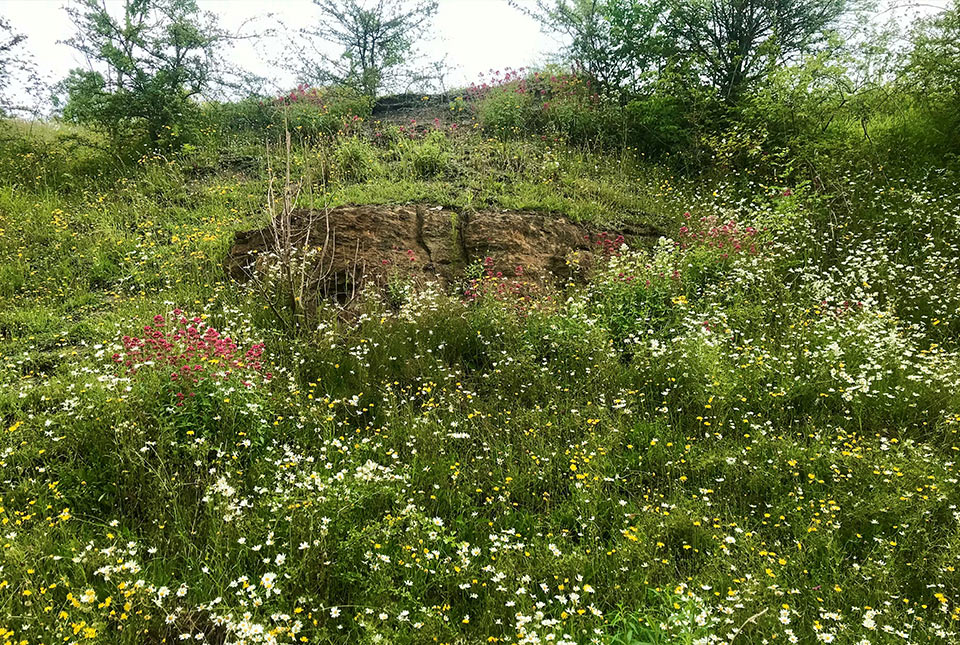
Holwell Nature Reserve
Holwell Nature Reserve can be found near Melton Mowbray. Most of the rocks exposed are composed of sedimentary rocks from the Jurassic.
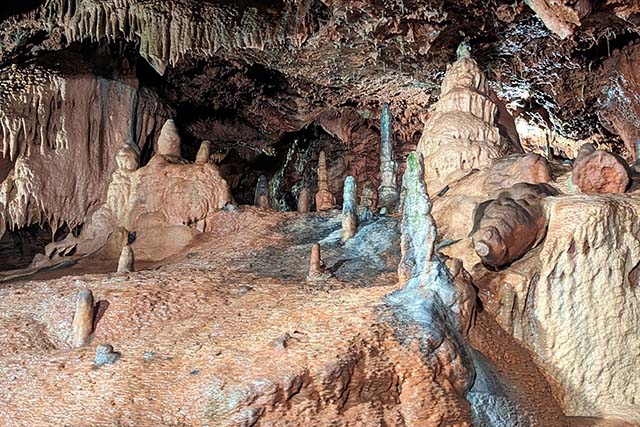
Kents Cavern, Torquay, Devon
Archaeology and geology collide in this fascinating cave below the classic English seaside resort of Torquay.
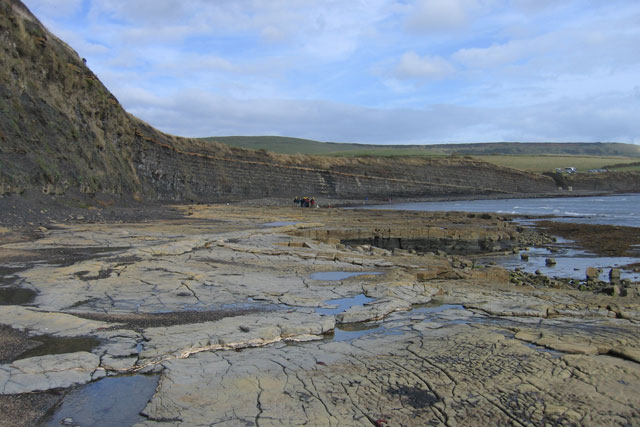
Kimmeridge Bay, Dorset
Investigating the famous Jurassic Kimmeridge Clay Formation at its namesake bay.
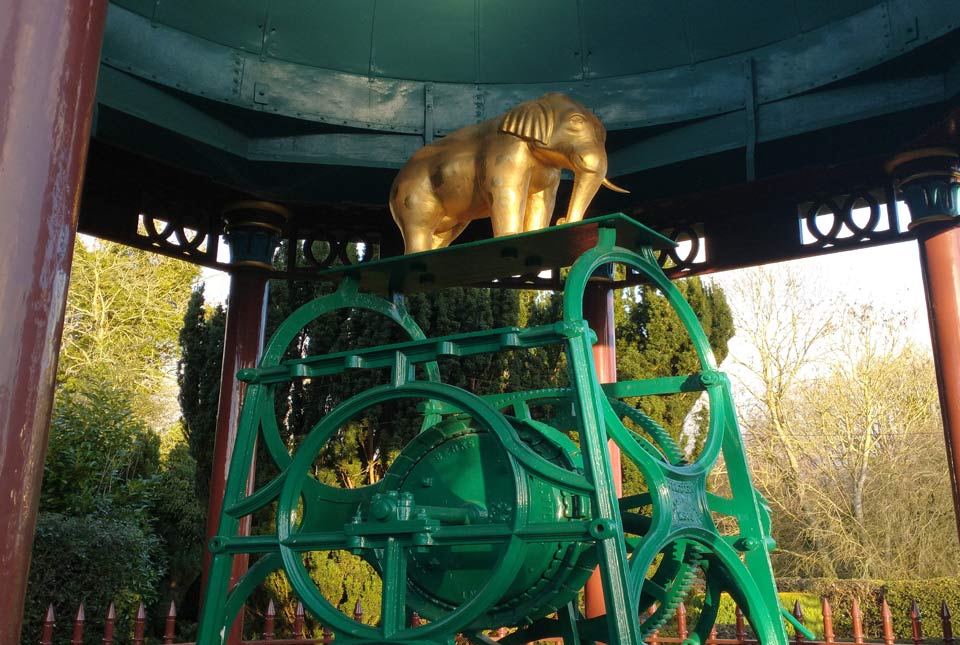
Maharaja’s Well
The story of the Maharaja’s Well is not just cultural but is intimately bound up with the geology of the Chilterns Hills.
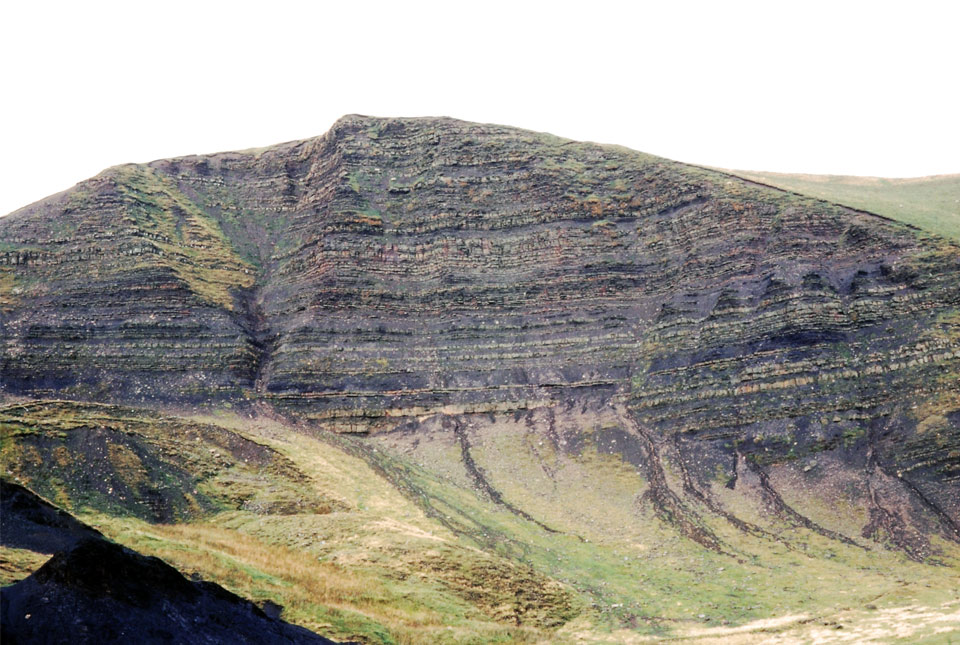
Mam Tor, Derbyshire
Mam Tor, in the Peak District of Derbyshire, is an iconic hill formed from rocks that date to the Carboniferous, when Britain sat near the equator and enjoyed tropical weather conditions.
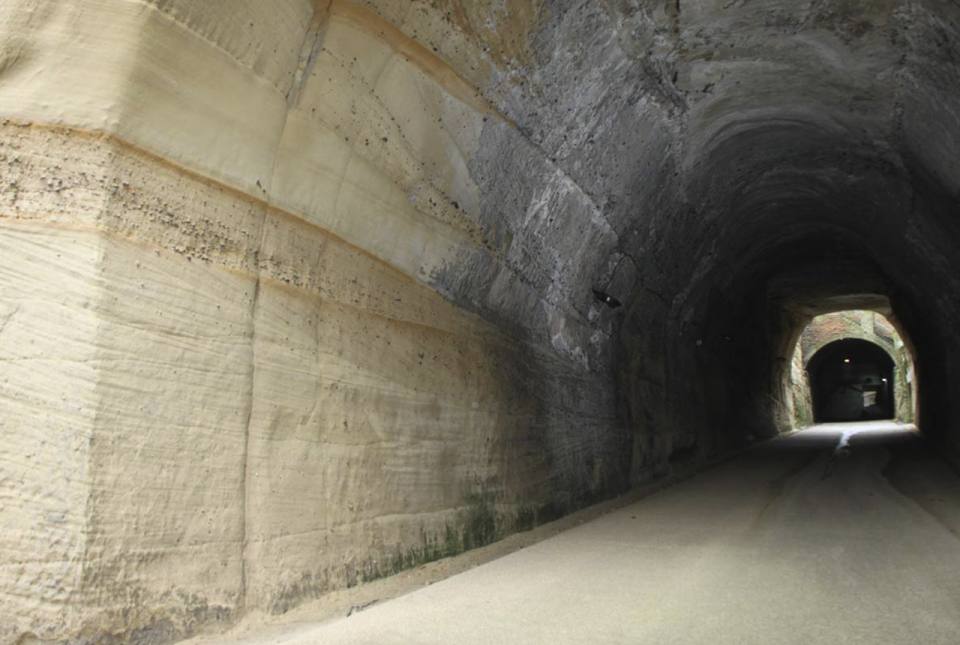
Nottingham Castle
Nottingham Castle sits atop an outcrop of the Sherwood Sandstone Group, which also hosts the myriad tunnels and caves for which the city is known.

Nottingham University Park
The grounds of Nottingham University have a number of interesting features set in extensive parkland.
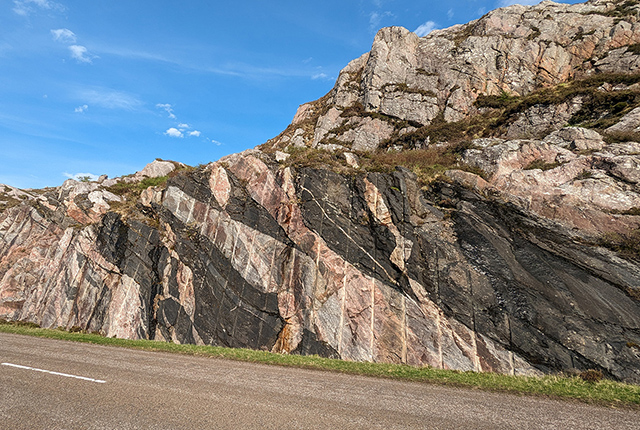
The north-west Highlands
Discover the unique scenery and long geological history of the north-west corner of Scotland.
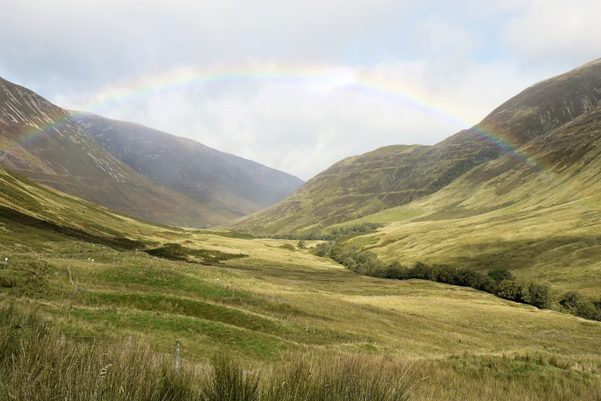
The Parallel Roads of Glen Roy
The mysterious Parallel Roads of Glen Roy have attracted visitors for hundreds of years – but how did they form?
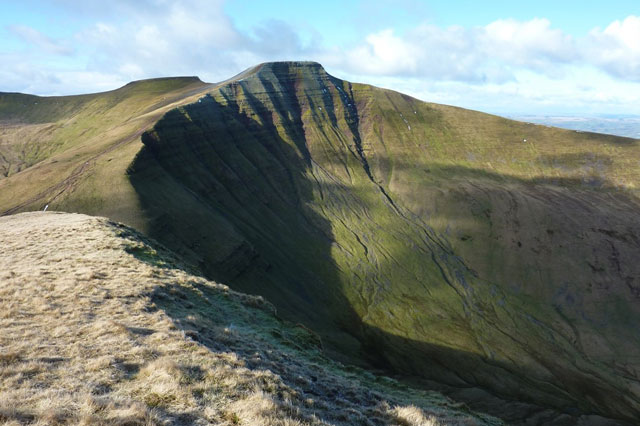
Pen y Fan, South Wales
Walking in the Brecon Beacons National Park in South Wales.
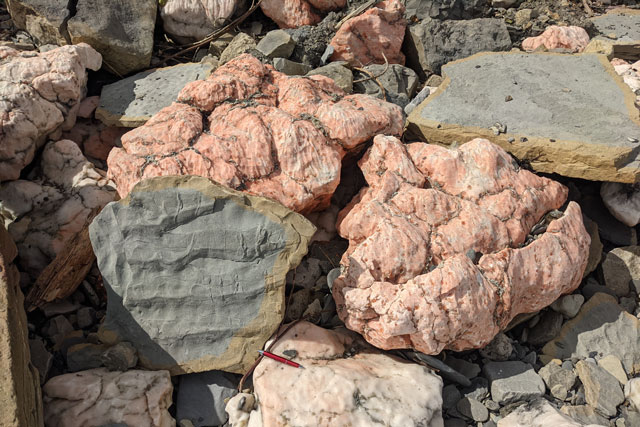
Alabaster at Penarth Head
Alabaster from Penarth in Wales is a decorative stone used inside many buildings in the area. Find out more about its origin.
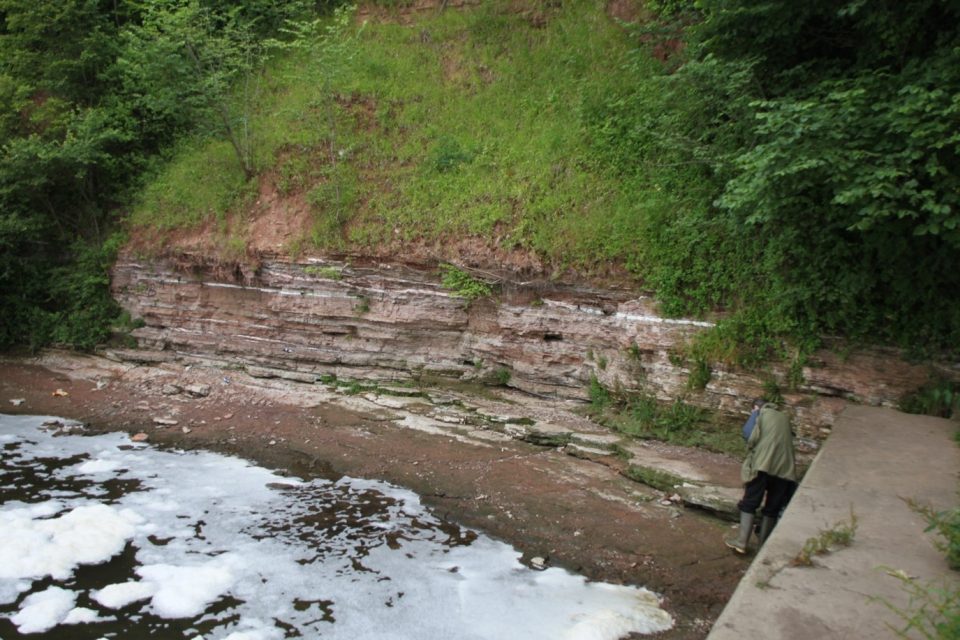
Radcliffe on Trent river bank
The River Trent is a highly active river that has carved and shaped the regional landscape of Nottinghamshire for thousands of years. In numerous places, it gently cuts its banks and provides fresh outcrops of rock, which can be seen in the village of Radcliffe on Trent.
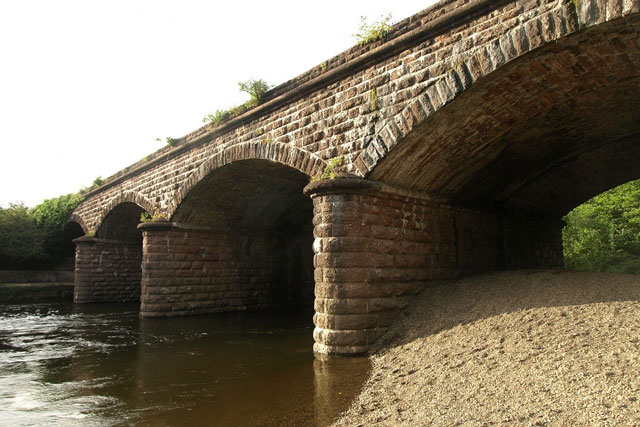
Radyr Stone Quarry
Radyr Stone was produced from a number of quarries in Cardiff. Take a geological walk to see a quarry and spot the stone’s use in the city.
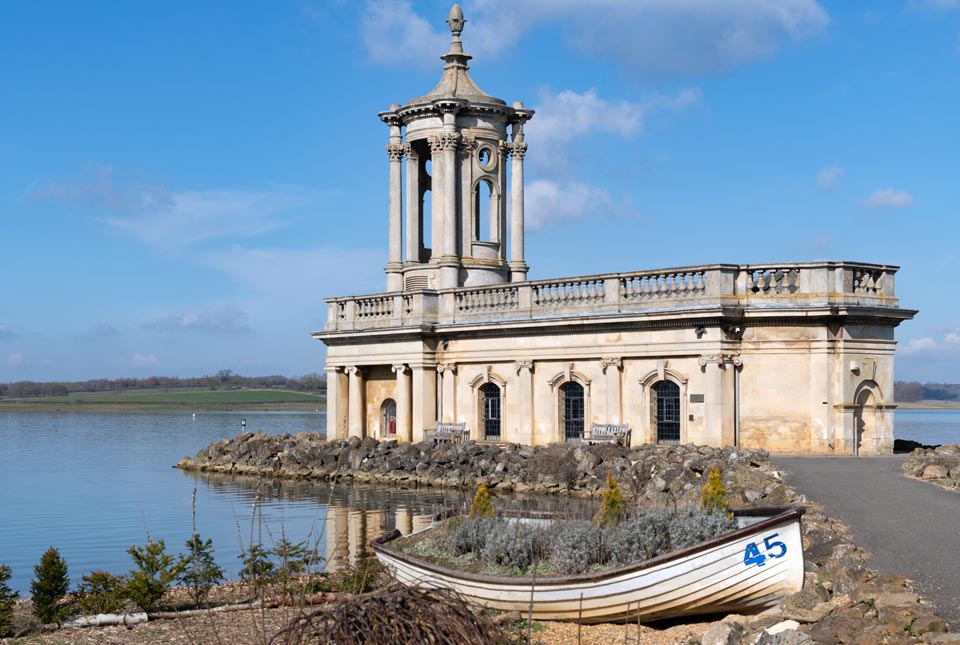
Rutland Water
Rutland Water was recently in the media when one of the longest and most complete Ichthyosaur fossils was discovered on the edge of Rutland water.
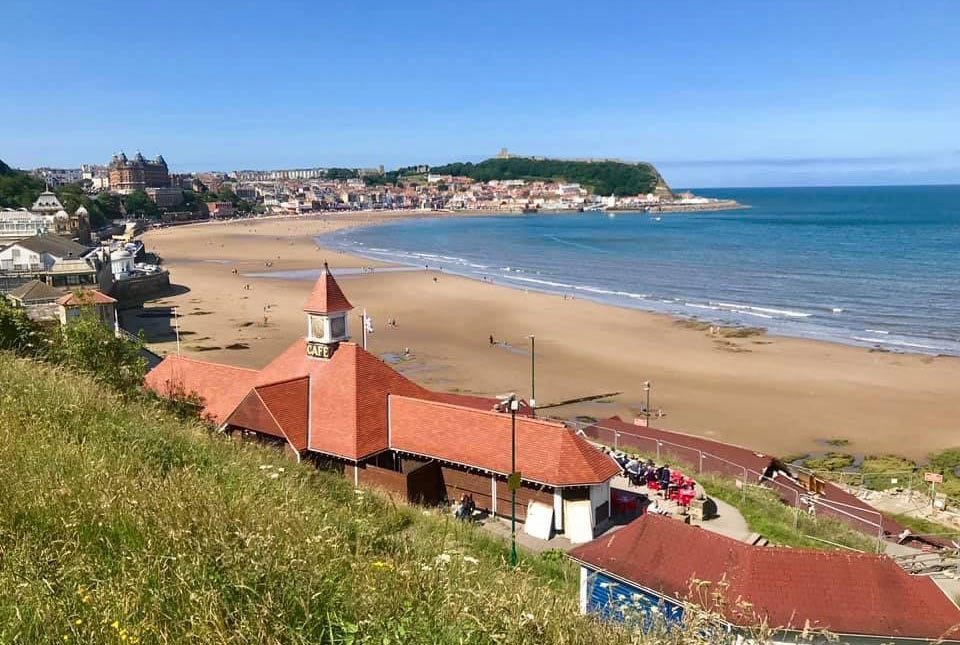
Scarborough
The Yorkshire coastal town of Scarborough sits on rocks from the Jurassic.
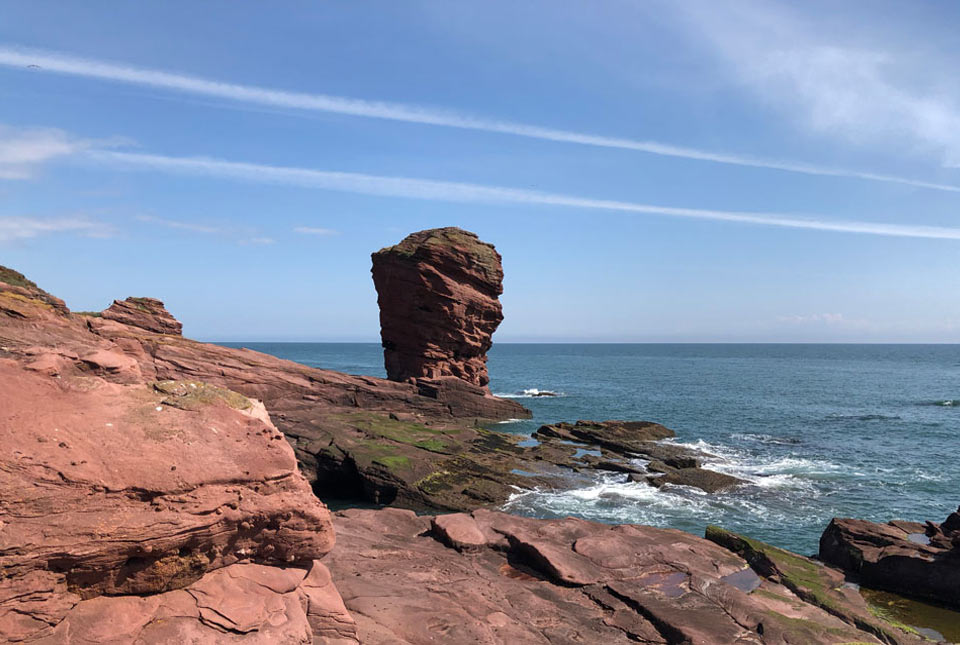
Seaton Cliffs Nature Trail, Arbroath
The Seaton Cliffs Nature Trail boasts over 40 landmarks, consisting of caves, coves and bays, spectacular views over the North Sea and ideal habitat for a variety of wildlife.
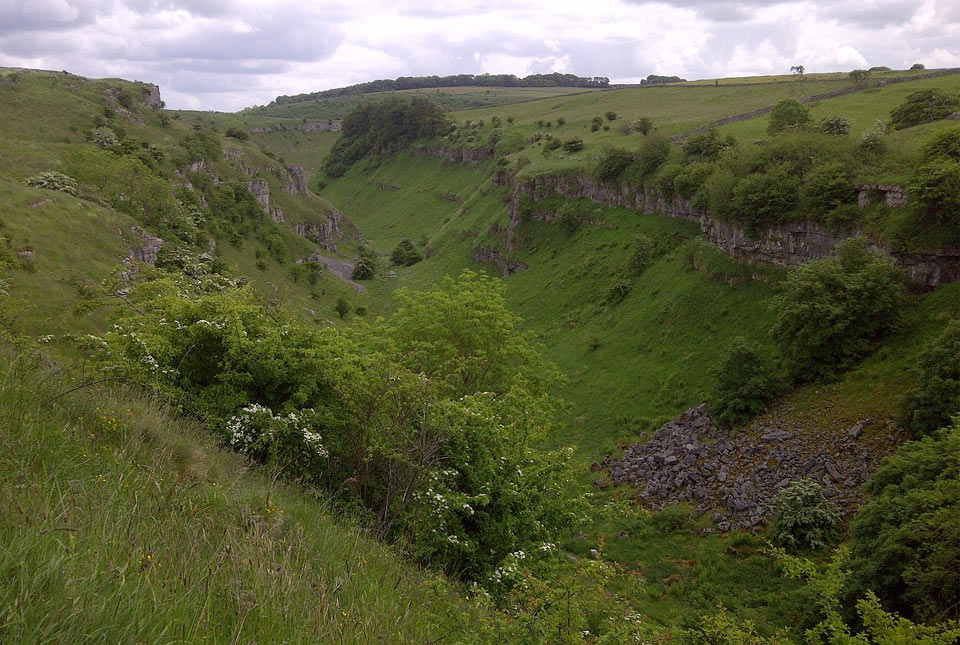
Upper Lathkill Dale and Ricklow Quarry
Ricklow Quarry is a Site of Special Scientific Interest and contains some of the best outcrops of Gigantoproductus fossils in the UK
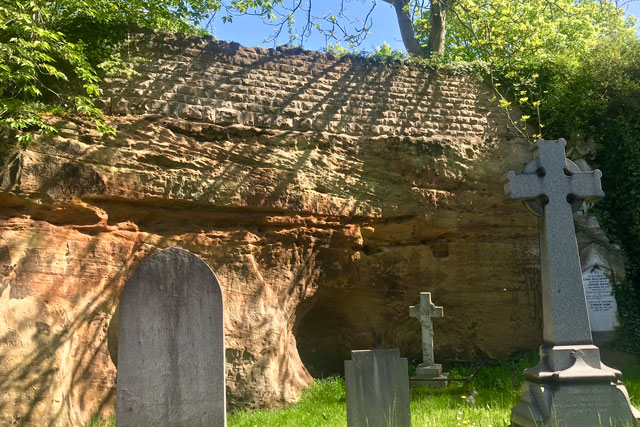
Urban geology in central Nottingham
A band of Permo-Triassic sandstone runs across Nottingham city centre, with particularly good exposure in the old Rock Cemetery.
You may also be interested in
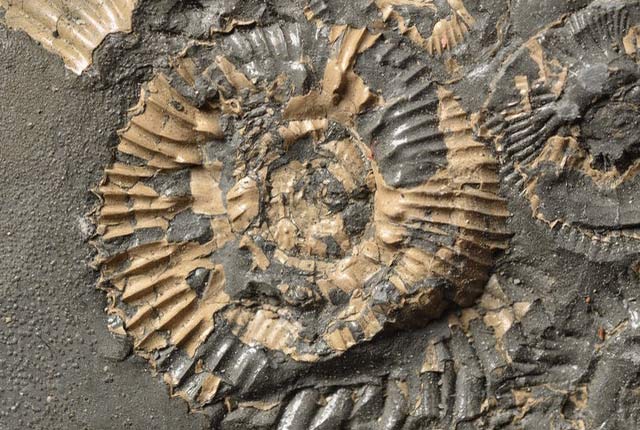
Discovering Geology
Discovering Geology introduces a range of geoscience topics to school-age students and learners of all ages.
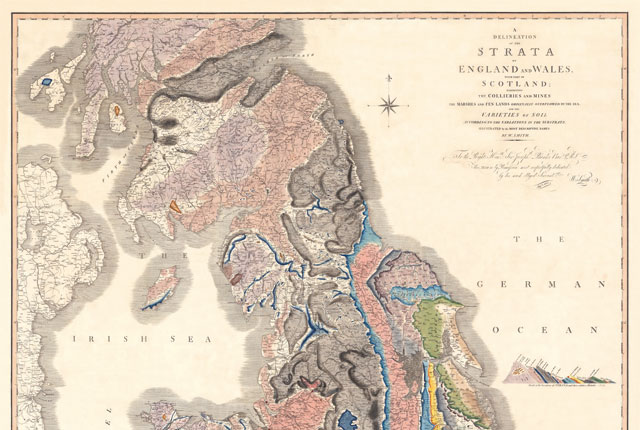
Maps and resources
Download and print free educational resources.


